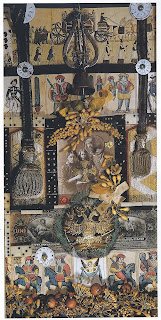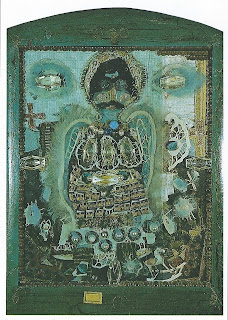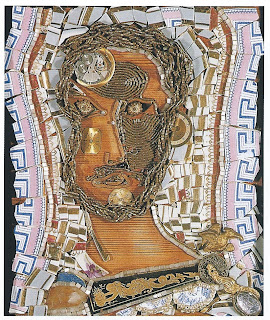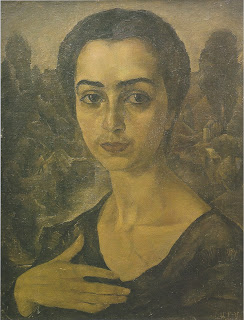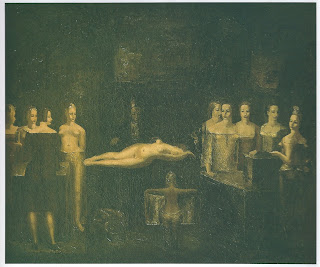 |
| Village Yard, 1927. |
 |
| Drying Wheat, 1920. |
 |
| Baking Bread, 1914. |
 |
| Near the Mill, 1924. |
 |
| Spring in Yerevan, 1925. |
 |
| Near the Spring, 1928. |
 |
Lake Sevan, 1940.
|
I think I will include the short descriptions provided by the book (Peintres Armeniens 19th-20th centuries) I'm using currently to accompany the artist's works. They aren't translated very well (and also a bit on the cheesy side) but still informational.
While Saryan revealed the epic quality of nature in his native land and Kodjoyan imbued it with a sense of heroic history, the colourful palette of Arakelyan gave it a quiet spirituality and lyricism. He had an incredible fine sense of the charm of old Armenian villages and created beauty from the most simple corners of his native land, places which would at first seem to be unnoticeable.
Arakelyan was born near Nakhichevan (now in Azerbaijan), and studied in Tbilisi under Egishe Tatevosyan and then under Konstantin Korovin in Moscow.
His creative method was born through direct communication with nature. In his landscapes the artist opens up to the onlooker his warm and loving soul, revealing the purity of his feelings and his trepidation before the surrounding world. Arakelyan was skilled in capturing fleeting moments: when he painted Sevan, he was seized with youthful passion: when he spoke with the severe hills, he was thoughtful and manly: when he saw the union of people and animals on earth, he became drunk on happiness.
Under the master's touch the image of the Armenian landscape was enriched with intimacy and elegiacal quality.

















